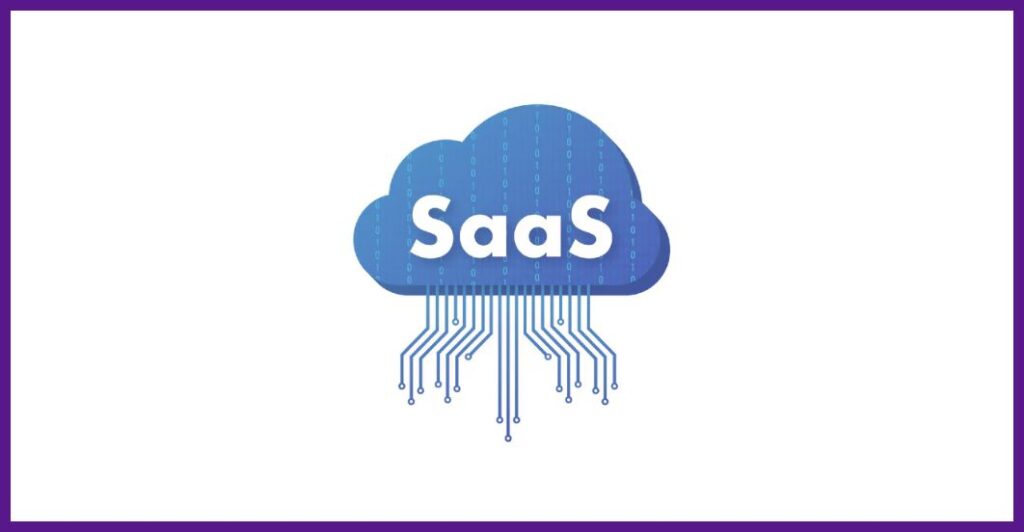Cloud Computing can provide numerous benefits to organizations. However, this is only possible through cloud management that focuses on planning and encompasses activities such as deployment and administration of resources (servers, systems, databases, applications, among others).
Despite technological advances, it is common for institutions to make mistakes when implementing cloud computing due to the inexperience of IT managers. To avoid this situation, one alternative is to invest in a cloud management platform.
This way, it is possible to count on a set of tools capable of managing a public cloud, private cloud or hybrid cloud environment. Ideally, this management should be carried out by a specialized partner who has the software licenses to use the resource management platform.
With proper support, it is perfectly feasible for an organization to invest in new technology and keep expenses under control. In this article, we will highlight several points to help you better understand how to properly execute cloud management and the benefits of this practice. Check it out!
Understand what cloud management is
This initiative consists of managing cloud resources according to organizational needs. For this task to be carried out masterfully, it is recommended to hire a team specialized in managing and organizing the technological environment.
This allows the contracting organization to adopt IT infrastructure with greater flexibility and availability, which greatly contributes to ensuring that the use of the cloud is aligned with demand. Another positive aspect of management is that it allows a company to focus on other strategic actions, since cloud management is being carried out by a specialized and highly qualified team.
Here's how cloud management can be performed:
One of the goals of cloud service management is to perform all the administration and maintenance routines for the infrastructure connected to the cloud. This action includes the implementation of services and the correction of incidents that may affect the availability of resources.
It is also worth noting that cloud management can involve the implementation of administration and disaster recovery routines. By performing these actions in an exemplary manner, users will have greater assurance that data is being stored and protected in accordance with the best practices in the IT market.
For cloud management to achieve good results, it is necessary to perform several activities, such as:
- Administration of software licenses;
- Resource allocation;
- Availability analysis;
- Evaluation and provision of VPNs;
- Data Backup;
- Preparation and implementation of contingency and disaster recovery plans;
- Database management;
- Monitoring of network and server resources;
- User support.
These services must be structured according to the contractor's organizational profile, i.e., they must take into account internal processes and compliance rules. For cloud management integration to be properly carried out, it is important to align with institutional goals and legislation related to the contractor's business segment.
These practices play a major role in ensuring that services are performed with a high level of quality, which is essential to achieving remarkable performance and a return on investment in the short term.
Discover good actions for cloud management
It is very important to be aware of the need to invest in technology that can add value to your business. However, before doing so, you need to have a vision of how to invest in cloud management intelligently. With this in mind, we will point out vital initiatives for high-level management of cloud resources. Stay tuned!
Map objectives and critical points
One of the most common mistakes made when migrating services to the cloud is investing in subscriptions and acquisitions without having a full view of the corporate need. This problem occurs due to the focus or urgency for an agile transformation that brings almost immediate benefits.
On the other hand, this approach can result in a drop in productivity, a lack of integration between systems, and the misuse of resources. The best way to avoid this scenario is to raise demands intelligently and use common sense when migrating to the cloud.
Analyze suppliers according to the scenario
It is possible to find a provider that offers the ideal resources for cloud storage. In other cases, however, it is necessary to choose more than one provider to have high-level cloud services.
By correctly evaluating the services of providers, a company is better able to migrate to the cloud efficiently. To achieve this, it is worth seeking recommendations and even seeking support from consultants to make the right choice and achieve better results in the future.
Prepare the IT team and other employees
Cloud management is undoubtedly a practice that provides excellent advantages if done in an exemplary manner. One of the reasons is that it enables the institution to be part of the digital transformation, which is very important for increasing productivity and competitiveness.
On the other hand, it is necessary to prepare the IT team and other employees so that the migration to the cloud can be properly executed. Therefore, it is recommended to initially train employees in the Information Technology sector to use the new tools and create routine procedures aimed at optimizing services.
Another essential step is to prepare all users. In this case, it is recommended to make employees aware of the need to follow a culture of security and focus on innovation. This way, the benefits of cloud storage and the use of tools, such as databases, will be increasingly greater.
Invest in solutions with portability and compatibility
A crucial detail involves the fact that investment in cloud solutions needs to take into account the possibility of easily opting for tools in better conditions.
However, this scenario is only possible when the organization opts for tools that prioritize portability and compatibility with various models available on the market. In the case of containers and virtualization, it is necessary to evaluate whether it is feasible to migrate to another supplier in a simple way, if there is a more attractive offer in terms of economics and performance.
Invest in good cloud management software
As much as there is a focus on optimizing resources, the cloud computing requires the use of more than one solution. This aspect requires a close look at resources such as database, virtualization, software as a service licenses and platforms.
The ideal is to make the most of this tool's potential, which becomes fully feasible with high-level cloud management. In some cases, the institution chooses to migrate to the public cloud to pay only for usage. This scenario makes it essential to use management software to control expenses and manage the budget correctly.
High level performance
By having cutting-edge support in cloud management, an organization can take a more strategic look at other actions that will really impact the way it interacts with and wins over its target audience.
With simplified and agile management of technological resources, it becomes much easier to develop and implement efficient and innovative initiatives that will help engage the audience and make them more loyal to the brand's values.
Safety and reliability first
Keeping data protected in an exemplary manner has become a matter of survival. In addition to economic issues, the focus on information security has become vital with the General Data Protection Law (LGPD), which establishes fines of up to R$50 million in cases of theft and leaking of information.
As cloud management follows IT industry best practices, an institution is less likely to be the victim of a major cyberattack. This undoubtedly increases reliability and creates a more positive connection with the target audience, which is a vital factor in increasing sales.
There are undeniably many benefits to investing in the public cloud, private cloud and hybrid cloud. However, it is necessary to have a clear assessment of the organization's current situation in order to choose the most advantageous cloud option.
Reduced expenses
It is definitely not easy to maintain a robust IT infrastructure that complies with the best practices adopted by the market. This is one of the factors that has contributed to more organizations opting for cloud storage.
With efficient cloud management, it is possible to cut costs, as there will be a reduction in spending on internal staff, training and the acquisition of IT solutions. Another relevant factor is the possibility of obtaining a short-term return by investing in a new way of managing Information Technology services.
Want to see in practice how to simplify your cloud management?
Schedule a demo with our team and find out what Mattzero can do for your operation.





